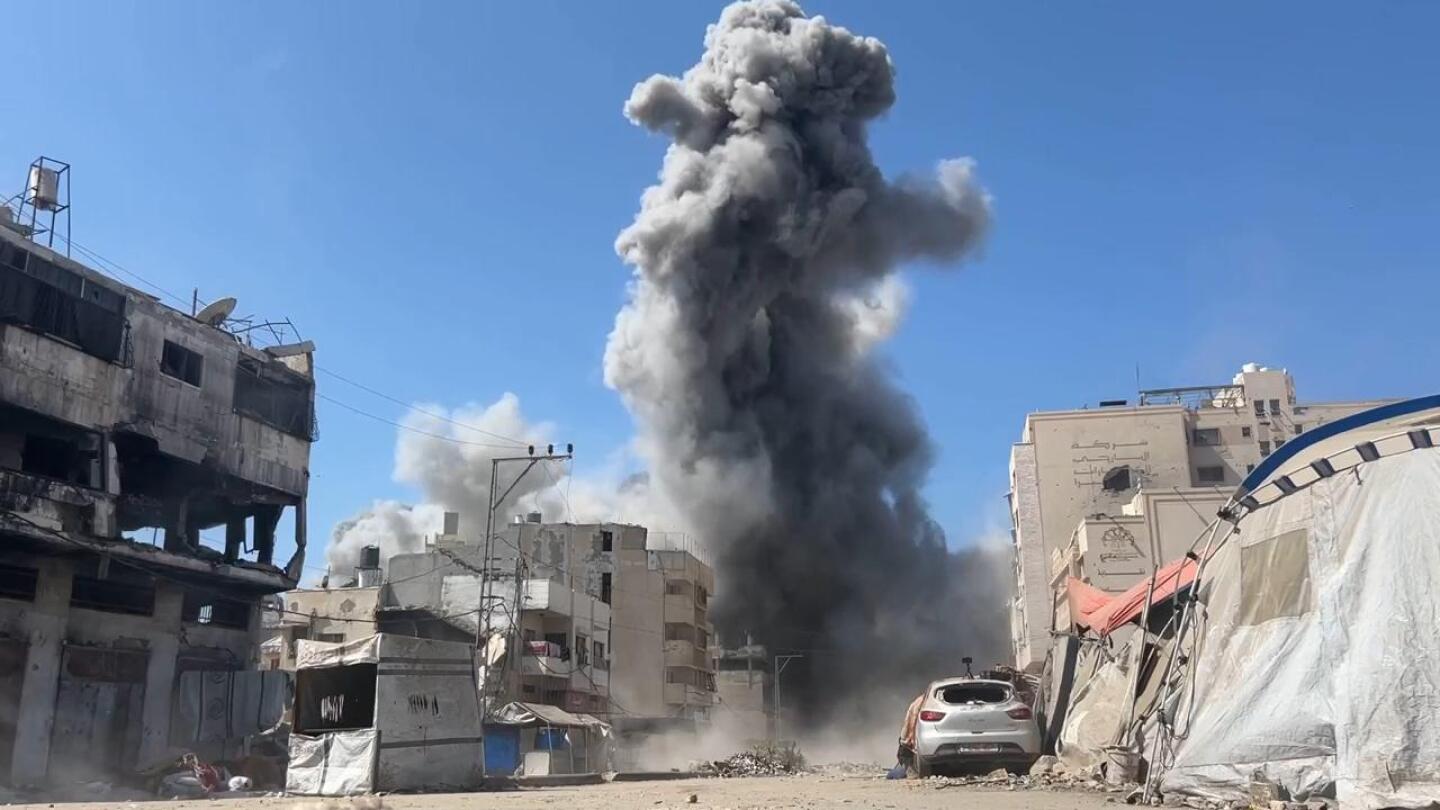Gaza Situation in Mid-September 2025: A Humanitarian Crisis Deepens
Introduction
The gaza situation has reached a critical point in mid-September 2025, as military operations intensify and humanitarian conditions spiral further out of control. With the Israeli military launching a ground offensive into Gaza City and clashes worsening across the Strip, the civilian population faces increasingly severe threats to their survival. This article examines the current state of affairs: the military developments, the humanitarian collapse, the legal and international responses, and possible ways forward.
1. Military Escalation and Strategic Moves
Ground Offensive and Territory Dynamics
Israel has now initiated a major ground invasion into Gaza City, advancing with tanks, troops, and support from air and naval forces. The campaign is described by Israeli authorities as aimed at dismantling Hamas’ infrastructure and rooting out combatants.
Gaza City is being increasingly encircled. Multiple entry points for civilians to evacuate south have been ordered, including through Salah al-Din Road, opened temporarily for 48 hours. Despite this, many remain, citing fears of danger along evacuation routes, the cost of transport, lack of safety in the south, or uncertainty over if they will ever be able to return.
Casualties and Destruction
The numbers paint a grim picture. Over 65,000 Palestinians are reported killed since the conflict’s escalation in October 2023. The health ministry in Gaza reports mass casualties, with women, children, and even patients in hospitals among the dead. Infrastructure across Gaza City is heavily damaged: whole neighbourhoods destroyed, residential buildings, mosques, hospitals hit.
2. Humanitarian Catastrophe and Basic Needs
Famine, Food, and Aid Access
One of the most alarming aspects of the latest phase of the gaza situation is that famine has been declared in northern Gaza, including in Gaza City governorate, by global food insecurity monitors. The Integrated Food Security Phase Classification (IPC) estimates that a quarter of Gaza’s population (some 500,000+) are already in catastrophic levels of food insecurity, with projections rising to over 600,000.
Aid deliveries are severely constrained. The Zikim Crossing — a key route for humanitarian supplies into northern Gaza — has been shut as of September 12, aggravating shortages. Fuel, food, and essential supplies are at risk of running out in days. Aid convoys are struggling to reach those in need.
Displacement, Communications, and Living Conditions
Mass displacement continues. Many civilians have fled or are attempting to flee Gaza City and other northern areas toward the south. However, the journey is perilous: transportation costs are high, roads damaged or unsafe, shelters in the south overcrowded, and many have no guarantee of safety or survival in new locations.
Communication networks have been disrupted. Internet and telecommunication blackouts are reported in parts of Gaza City and northern Gaza, complicating rescue operations, family contact, and coordination of humanitarian response. Hospitals are overwhelmed by the wounded amid diminishing medical supplies.
3. Legal and International Reactions
Allegations of War Crimes and Genocide
A landmark development in the international arena is the finding by a United Nations independent commission that Israel has committed genocide in the Gaza Strip. This assessment has drawn strong reactions: Israel denies the accusation; some international bodies and human rights groups call for accountability.
International Diplomacy and Criticism
Many countries and international organizations have condemned both the scale of military operations and the humanitarian impact. Aid organizations and the UN have repeatedly called for unimpeded humanitarian access and measures to protect civilians.
There is also growing global pressure on Israel regarding its military tactics, the displacement of civilians, and the destruction of civilian infrastructure. Some states are exploring diplomatic or economic responses.
4. Challenges, Risks, and What Lies Ahead
Immediate Risks to Civilians
- Starvation and malnutrition, especially among children, pregnant women, the elderly, and those internally displaced.
- Exposure to bombings during evacuation attempts; danger along routes that may be targeted or blocked.
- Health risks from lack of clean water, sanitation, medicine, and hospital capacity.
Long-Term Consequences
- Massive displacement could lead to permanent demographic changes.
- Destruction of infrastructure (homes, healthcare, water, electricity) will take years to rebuild.
- Psychological trauma across generations.
- Worsening of poverty and lack of opportunity due to disrupted education, livelihoods.
Potential Paths Forward
Negotiated Ceasefire: Many advocates argue that an immediate ceasefire is the only plausible way to stop further loss of life and to allow humanitarian relief.
Increased Humanitarian Corridors: Opening and guaranteeing safe passages for civilians and aid, with reliable protection, is widely demanded.
International Monitoring and Accountability: Documentation of allegations—genocide, war crimes, misuse of starvation as a weapon—may lead to international judicial or political steps.
Implementation of Relief Programs: Scaling up food, water, medical, shelter assistance, with coordination among UN agencies, NGOs, and states willing to support.
Conclusion
The gaza situation as of September 2025 is one of profound crisis. Military operations have escalated significantly, civilians are caught in a deadly squeeze of displacement, famine, and infrastructural collapse. The world faces a pressing moral and legal question. Without urgent and meaningful intervention—whether through diplomatic channels, humanitarian relief, or judicial means—the suffering in Gaza is likely to worsen with potentially irreversible consequences.













